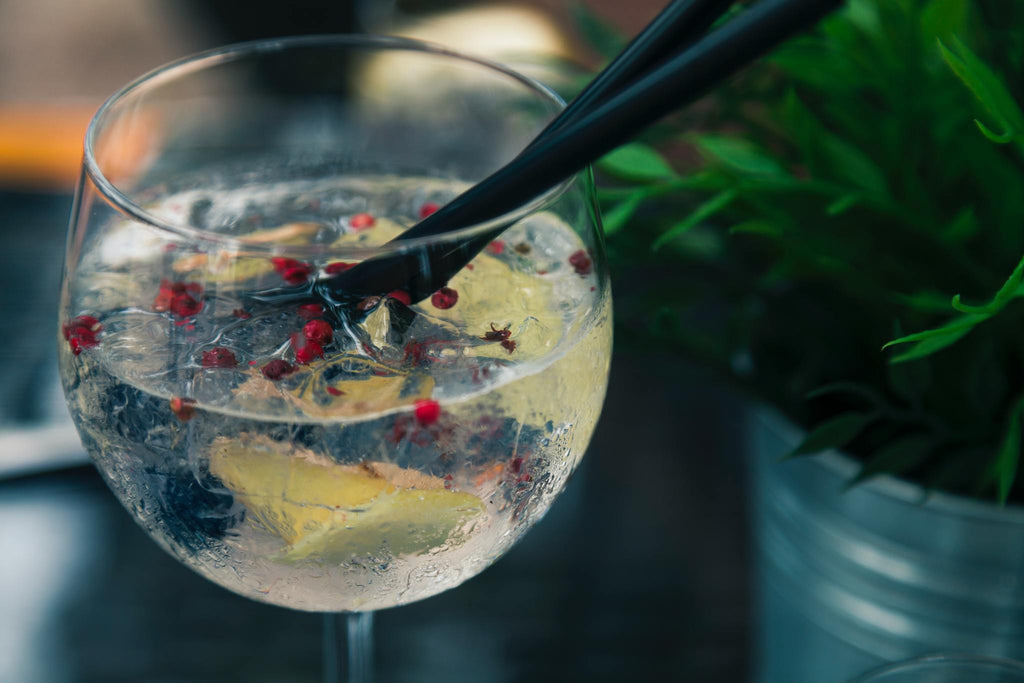International Gin And Tonic Day - The History Of The Humble G&T
Posted by BERNADETTE PAMPLIN

It’s International Gin and Tonic Day!
All around the world, people will be raising glasses of their favourite juniper spirit in one of the world’s most popular serves.
Around the world? Absolutely! Gin has gone crazy over the last few years. And, that love of juniper has spread far and wide! Gin is now being produced all over the place, with wonderful spirits coming out of Africa, South America and Asia, as well as Australia, the US and Europe. Gin already had a global spread due to the years of colonialism, where the British Empire covered almost a third of the world. One of the key components of connection was the use of shipping and the Navy, moving people and goods between lands via the sea.
The British Navy were keen gin drinkers. And, it was in India that the G&T was born. Quinine, an extract from the bark of the cinchona tree, was known to have anti-malarial properties and was quickly introduced to the men’s daily rations. The extract was mixed the with water, making the first tonic water. However, quinine is incredibly bitter and it wasn’t the most pleasant of drinks, and before long the men were mixing it with their gin to make it taste a bit better.

But this medicinal drink had a little more to offer. Before long, the lemons and limes that were rationed to combat scurvy were also added, making the gin and tonic that we know and love today, right? Well, not quite. We are still missing one of the fundamental parts, carbonation.
Schweppes is a household name, and there was a time where that was the only tonic you could get from a bar. Why? Because they invented carbonation. In the late 19th century, Johann Jacob Schweppe developed a process to manufacture carbonated mineral water based on the discoveries of Joseph Priestly, who inadvertently invented carbonated water in 1767, when he discovered a method of infusing water with carbon dioxide, after suspending a bowl of water above a beer vat at a brewery in Leeds.
Schweppe founded the Schweppes Company in Geneva in 1783 to sell carbonated water. In 1792, he moved to London to develop the business there and the rest was history.

The process of carbonation has been a gamechanger for tonic water. And, for this Schweppes owned the market, with some smaller companies like Britvic getting in on the action. Then, with the rise of craft gin, people started to take another look at tonic. Fever Tree upped the ante with the launch of traditional Indian and their ‘refreshing light’ low calorie tonic. They proclaimed high quality ingredients for a superior flavour. Then, before long they began releasing different flavoured tonics. Mediterranean was one of the earlier ones, with less quinine for a less bitter taste, along with notes of Mediterranean botanicals like rosemary and lemon-thyme. Since then a plethora of modern tonic water companies have come into play, offering incredible flavours to tailor your drink how you see fit.
The craft gin boom has been the result of many factors. After a change in the law, small batch distillation began in earnest and craft distilleries started popping out around the country. The creative element of distilling meant it wasn’t long before the juniper forward, crisp and weighty profile of a traditional London Dry classic started to evolve in all sorts of directions. Gins of locally foraged botanicals to give a sense of terroir to a local story, flavoured gins for something lighter and more fruity. Gin became more accessible. And, the variety gave rise to the wonderful geeky element of gin, where people talk about what they can taste, and how they’re drinking it. Tonic was the other half of this. With the emergence of brands like Fever Tree, the colourful palate of gin flavours grew with even more possibility.

Another distinctive change was the glassware. Highball glasses gave way to Copa glasses, big balloon cups on stems. These work great for gin and tonic, as the large volume allows for a lot of ice. Ice is good! The more ice you have in your glass the slower it melts and the longer you get to enjoy your deliciously chilled drink. There is also room for an incredible array of botanicals to garnish the drink, helping to elevate certain characters in the profile as well as making your drink into a visual masterpiece. The large opening of the glass also means more room for the nose, meaning the drink becomes a multisensory experience. Going in for a sip means an incredible array of aromas, readying your palate for amazing flavour.
From its humble and functional beginnings, the G&T has grown into a global sensation. Here’s to the drink that has evolved through time to become one of the nation's favourite.
Do we sell gin? Of course we do. Do we sell tonic? You bet! Check out our site to see our curated collection of gin and tonic goodies. We also have giftware like fab lapel pins by Love and Victory, and Cocktail Critters. We have G&T gummies, and popcorn too! So get browsing and find your next treasure today.
